SPACE : A SPECTACULAR AND SPLENDOROUS SIGHT !
- Anay Baid
- Jul 8, 2021
- 4 min read
Updated: Jul 25, 2021
Ever since prehistoric man has looked up to the night sky and wondered at the Heavens above, till now when we have advanced scientific instruments like the Hubble and the James Webb Telescope, Space has never failed to fascinate us. Multiple theories have been proposed by many, ranging from Srinivasa Ramanujan to the great Stephen Hawking, proposing space-time singularity and the peculiar nature of black holes, who have tried to look even deeper and understand closely, the intricate details and the laws that govern our very existence.
We, humans, are a sum total of some probabilities. If the Sun was an inch higher or lower than what it is today; the buoyant forces as well as many other forces would dis-balance and we may never have existed.
That’s the geometry of dumbbell system in a Sun-centred orbit with lightness numbers β1 and β2, representing SRP forces acting on the tip masses.
There are a multitude of events that have occurred which are classified as "very unlikely" which lead to our existence.
We simply can't have a "Theory of Everything" as Space will never stop to surprise us. Numerous Space Expeditions have taken place over the 1960’s and continuing till date in the quest for new knowledge and insight into the unknown beauty and the immense vastness of Space. The twin Voyagers made history by being the first human-made objects to reach the Heliosphere and currently are venturing out in the isolation of Interstellar Space. They did so by using a complex manoeuvre called a gravity assist in the initial phase of the journey.
A brief representation of the concept of gravity assist
And this was the Plot of Voyager 2's heliocentric velocity against its distance from the Sun, illustrating the use of gravity assist to accelerate the spacecraft by Jupiter, Saturn and Uranus. To observe Triton, a moon of Neptune, Voyager 2 passed over Neptune's north pole resulting in an acceleration out of the plane of the ecliptic and reduced velocity away from the Sun.
Another interesting fact is that all assumptions made by Scientists regarding the mysterious region of interstellar space were proved wrong by the twin probes. There is a stark difference in magnetic fields and the plasma density that exists. All of this is unprecedented information for us. New Horizons was one mission that would be remembered by all of us for good reason. The first human-made satellite to reach the Kuiper Belt provided us with crucial information on the Origins of the Solar System. We also came to know more about Ultima-Thule, the Kuiper Belt object 2014 MU69 aka “A Strange Snowman like object” whose way of formation baffled scientists; I do agree that gravity can be messy sometimes!
In order for the PSC to achieve a Kelvin-Helmholtz thermodynamic equilibrium, it is necessary that the modulus of the gravitational potential energy of the cloud (minus the sum of the thermal, turbulent and rotational energies), namely |𝐸grav|, exceed the sum of the dissociation energy of H2 and ionization energies of H1 and He, namely 𝐸diss−ion. Unfortunately, this condition is not satisfied until the equatorial radius 𝑅𝑒 has shrunk to the Kelvin-Helmholtz value 𝑅K−H ~150𝑅⊙. This value lies inside the initial mean orbital radius of the Earth ( ~190𝑅⊙). It has been proposed, therefore, that in order to achieve a quasi-static thermal equilibrium for cloud sizes larger than 𝑅K−H, a small fraction of the PSC initial cloud mass 𝑀e(0) collapses freely to near-stellar size to form a compact central core, Prentice (1978). A core of radius 𝑟core = 3𝑅⊙ and mass 𝑚core = 0.0392𝑀⊙ releases sufficient gravitational energy to stabilize the in-fall of the remainder of the cloud mass, for an assumed initial cloud radius 𝑅𝑒(0) = 10,000𝑅⊙. The initial PSC mass, namely 𝑀𝑒(0) = 1.21775𝑀⊙, is chosen so that the final cloud mass after all mass shedding has ceased, is 𝑀fin = 𝑀⊙. This event occurs near radius ~5𝑅⊙.
𝑅4,p / 𝑅9,p =[ 𝑓9/ 𝑓4∙ 𝑀9𝑀4] 2 ∙9∏𝑖=5 ( 𝑚𝑖/ 𝑀𝑖𝑓𝑖) . 2
The Equation for Quantifying the physical Structure and Thermal Evolution of the Protosolar Cloud.
So yes, that was 2014 MU69 in some technical terms!
“Juno”-The mission to Jupiter
Juno’s trajectory in space.
The actual image of Jupiter was taken by the Juno Space Probe during its closest approach to the gas giant.
and “Cassini”- The mission to Saturn
along with the Huygen’s Probe, created history by landing on the methane laden surface of Titan, to share a similar story. From the great Galileo to the visionary Carl Sagan; men who transformed our very perspective of deep space exploration are honoured by the society around us.
Sometimes, I truly wonder, is there a powerful force that governs all of this? Or is it just because some events in the history of the mighty Universe have led to us being here? Is it because of our innate desire to explore that has led us to theorise all of this? Or is it just nothing at all…..
Well, all the answers lie in the beautiful night sky of planet Earth, which leaves us to gaze at its amazing sight as well as answer the “Big Questions” which might possibly tell us everything…





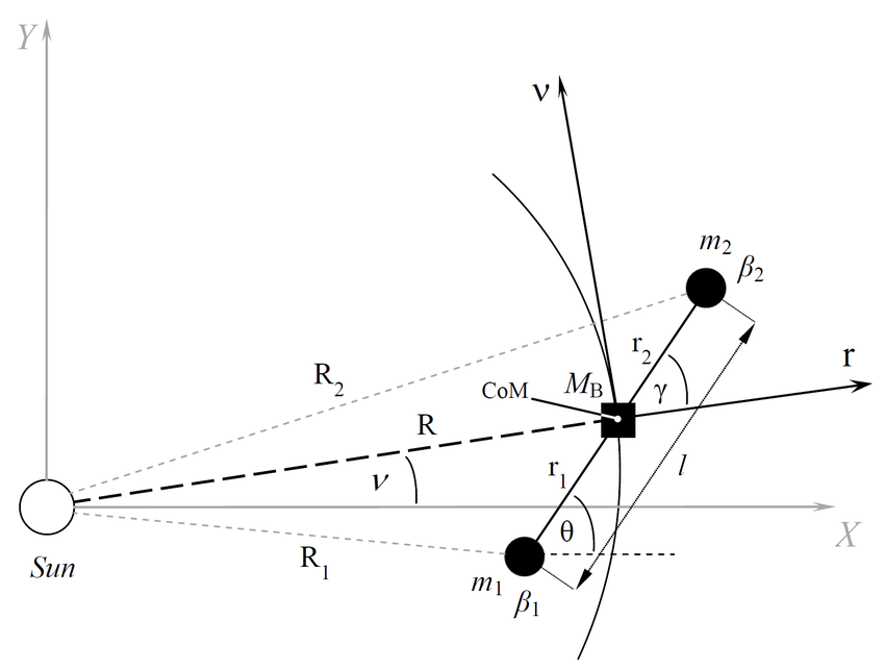

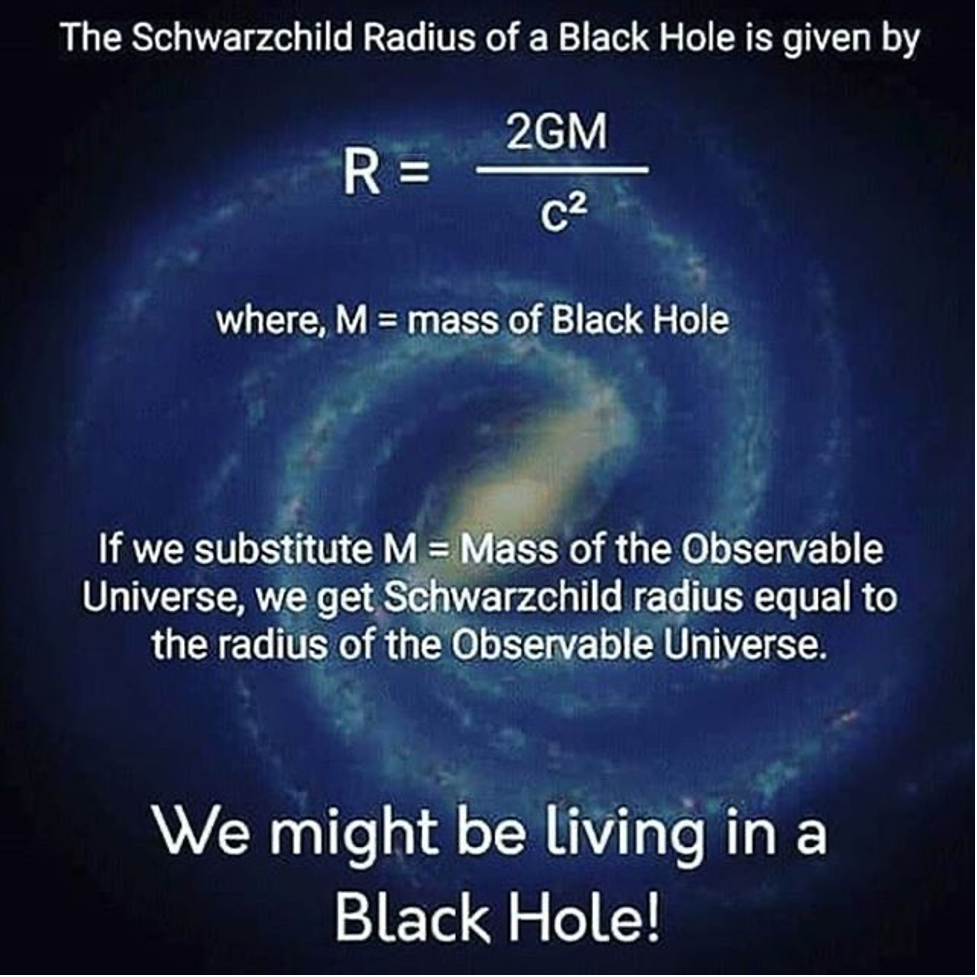



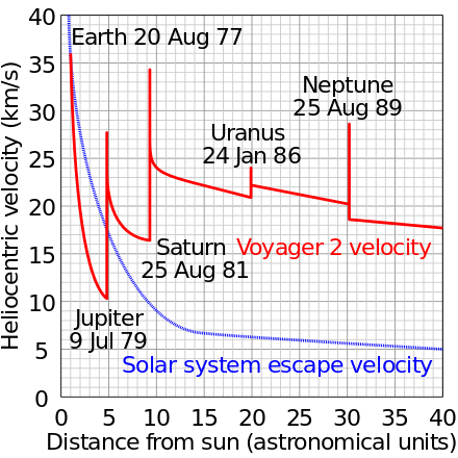

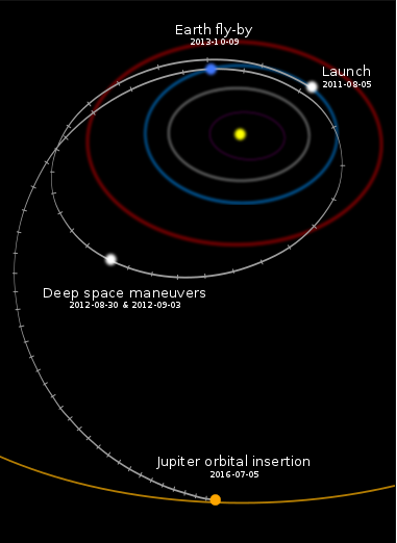

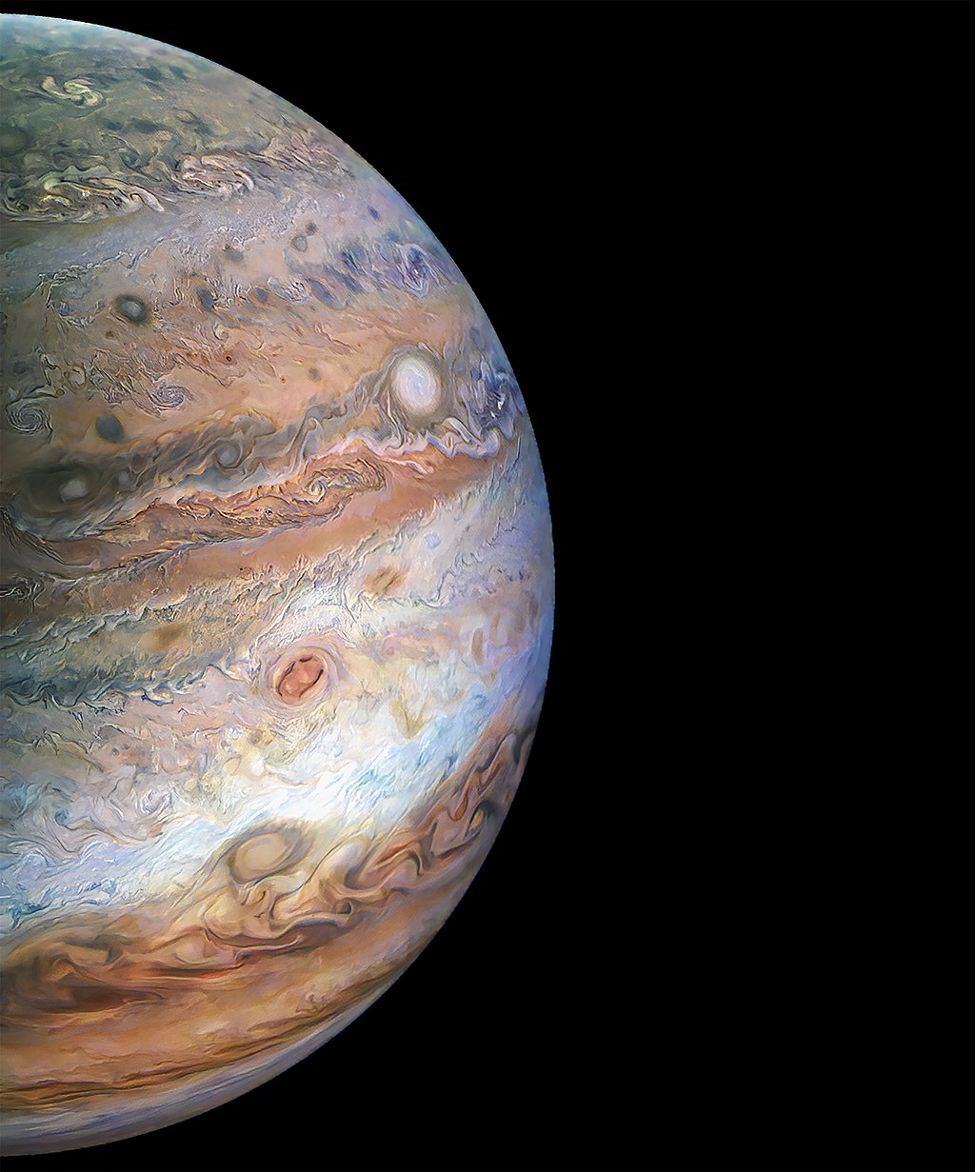

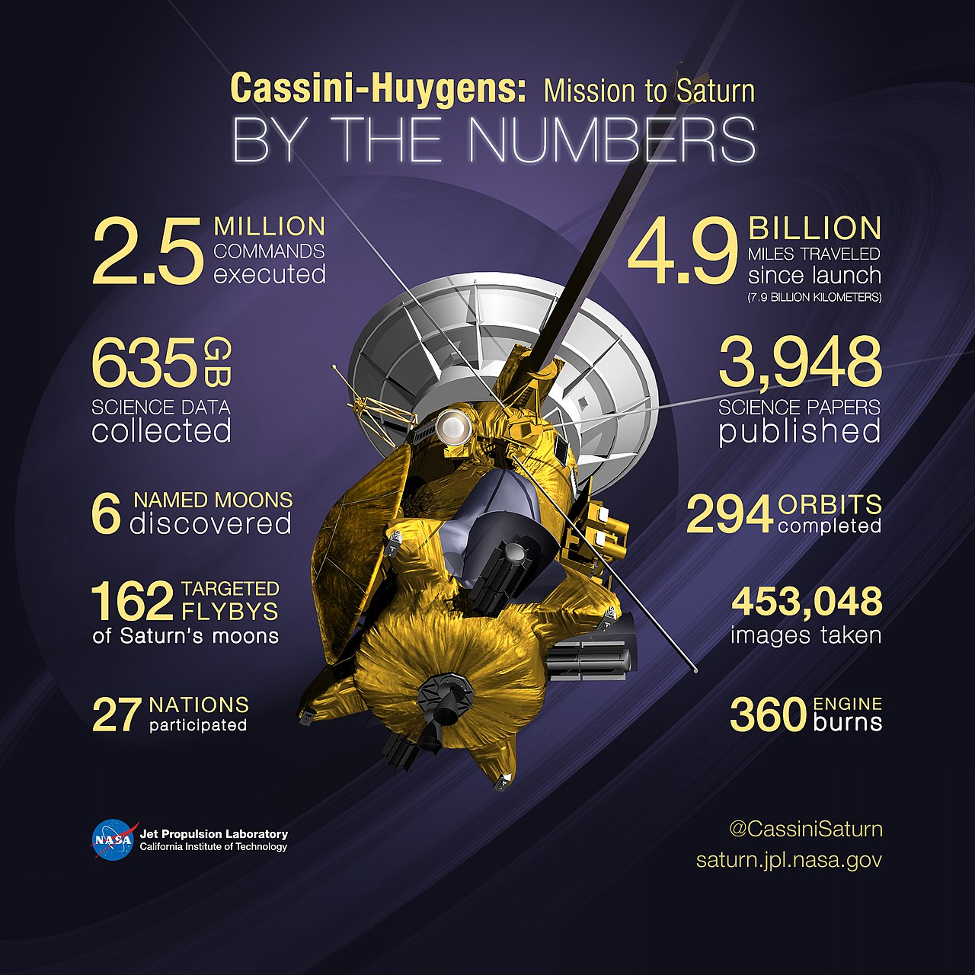

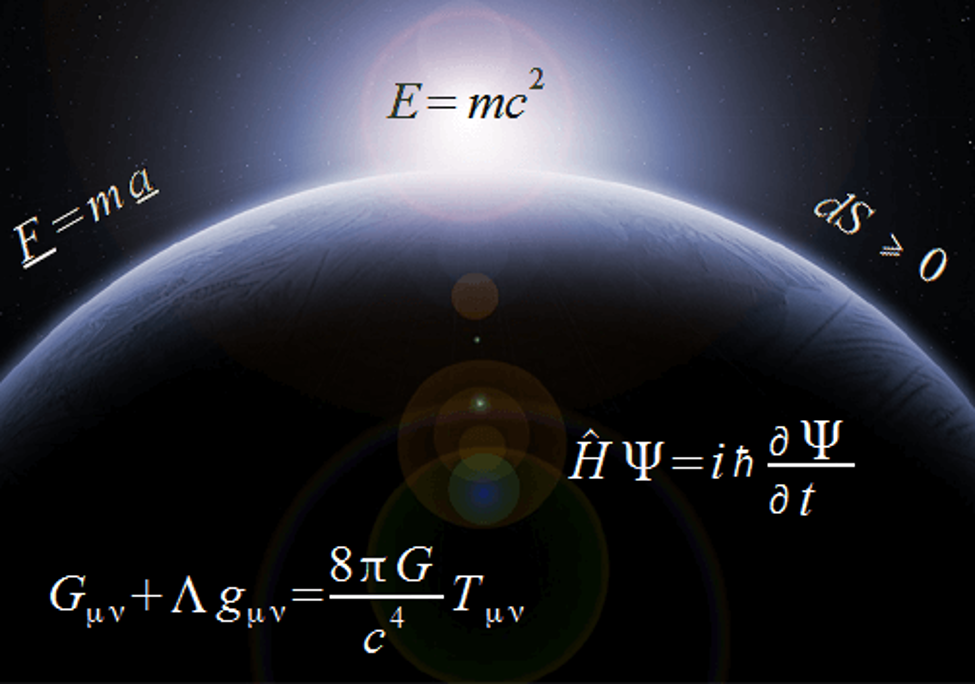



Comments